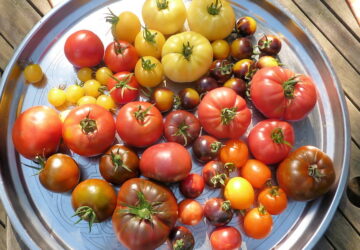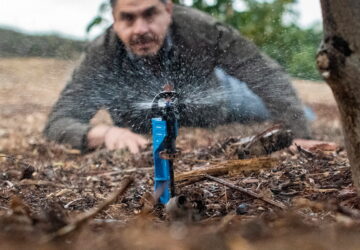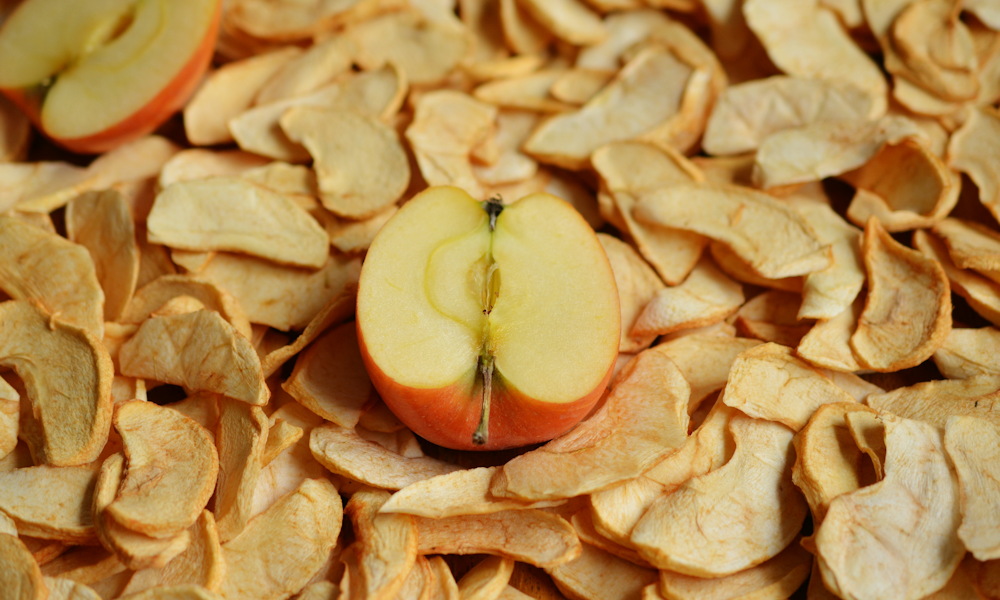As the chilly winter season approaches, there’s no need to forgo enjoying delicious dried fruits. While electric dehydrators are a common choice in the summer, winter calls for creative alternatives that make the most of indoor heating sources. In this article, we’ll explore two easy and eco-friendly ways to dehydrate fruits in the winter, using your oven and heating devices, as well as some tips and considerations to ensure a successful outcome.
Drying Fruits in Your Oven
If you have an oven suitable for fruit drying, you can achieve great results without the need for an electric dehydrator. This method is particularly effective for shorter drying times. However, keep in mind that ovens consume a significant amount of energy, and you can’t use multiple trays at once.
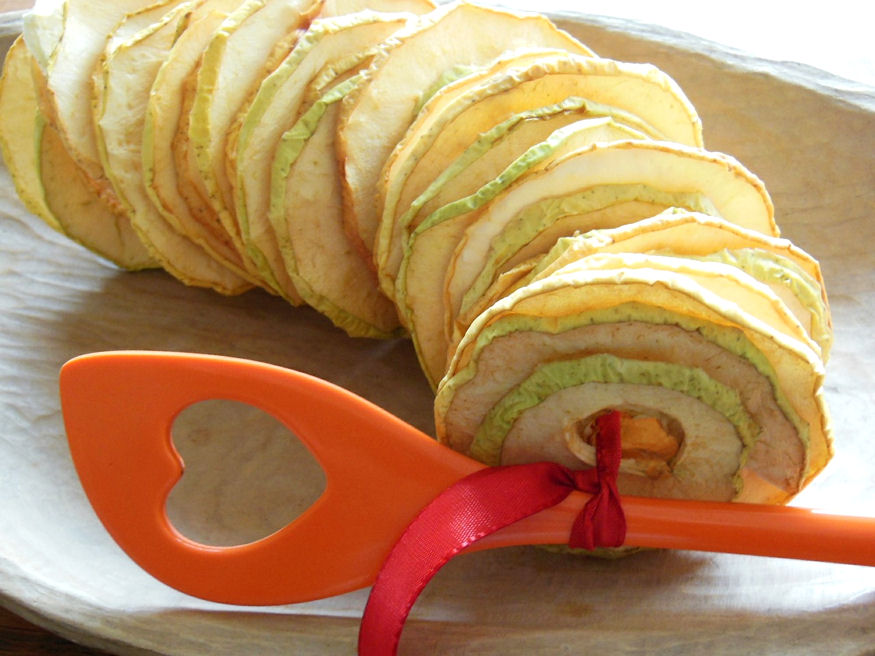
Heating Devices and Radiators: A Surprising Solution
During the winter heating season, you might not have considered your radiators and heating devices as allies in fruit drying, but they can work wonders. Choose a flat surface large enough to accommodate the tray with your fruit, and ensure it doesn’t directly touch the hot surface to prevent overheating. To facilitate airflow, use a simple indoor fan.
It’s essential to maintain proper ventilation for effective drying. The key is to not only warm the air but also ensure it circulates freely. A grid placed under the tray can help with this. While this method requires more patience than using a dehydrator and yields smaller batches, it can be a sustainable and effective option, as long as you don’t mind the aroma of drying fruit wafting through your home.

The Traditional Approach: Sun and Wind Drying
The oldest and most natural way to dehydrate fruit is through sun and wind drying. Find a semi-shaded outdoor spot with good air movement. Avoid direct, scorching sun as it can overheat the fruit, but also steer clear of full shade as it won’t provide enough warmth. Be attentive to protect your drying fruit from dust and insects. If the weather changes, with rain or dropping temperatures, move your fruit indoors and continue drying the next day. If the conditions still don’t cooperate, you can always turn to the trusty oven.
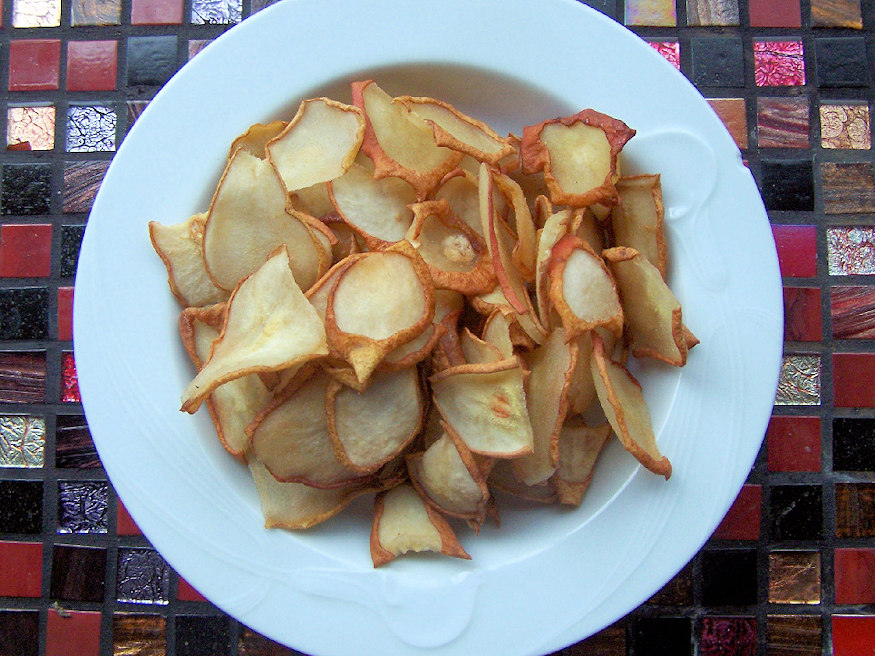
The drying time varies based on factors such as fruit quantity, size, thickness, humidity level and temperature. Some dryers have stronger fans than others. If you aim for 100% dehydration, you’ll need to wait until your fruit is completely dried.
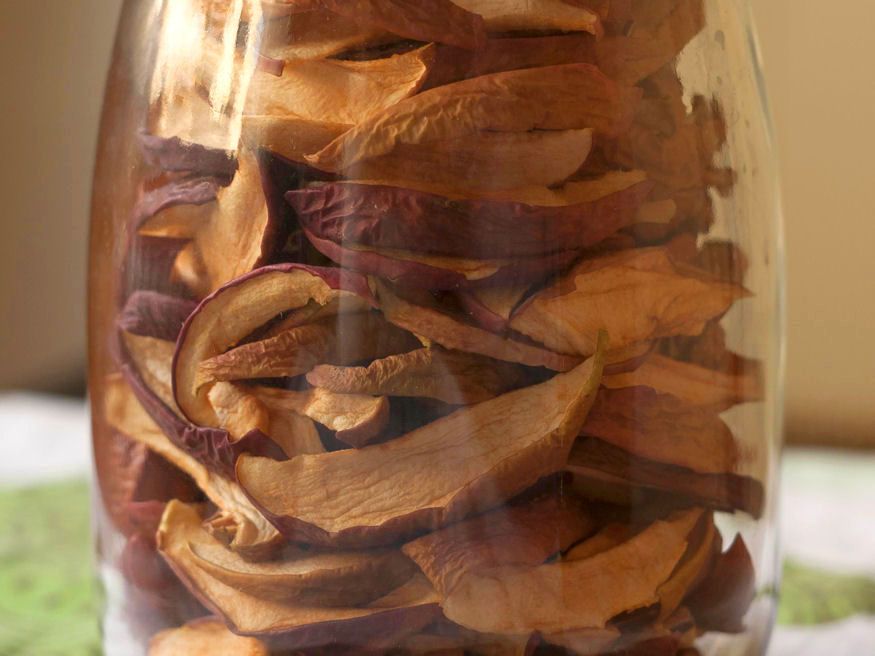
Preserving Your Dried Fruits
Once your fruits are perfectly dehydrated, you can store them in resealable jars or plastic bags in the refrigerator. Proper storage allows you to enjoy the delicious flavors of summer even during the coldest months of the year.
Incorporating these creative and sustainable fruit-drying methods into your winter routine can be a fun and rewarding experience. So, embrace the season and savor the taste of your homemade dried fruits. Happy dehydrating!
